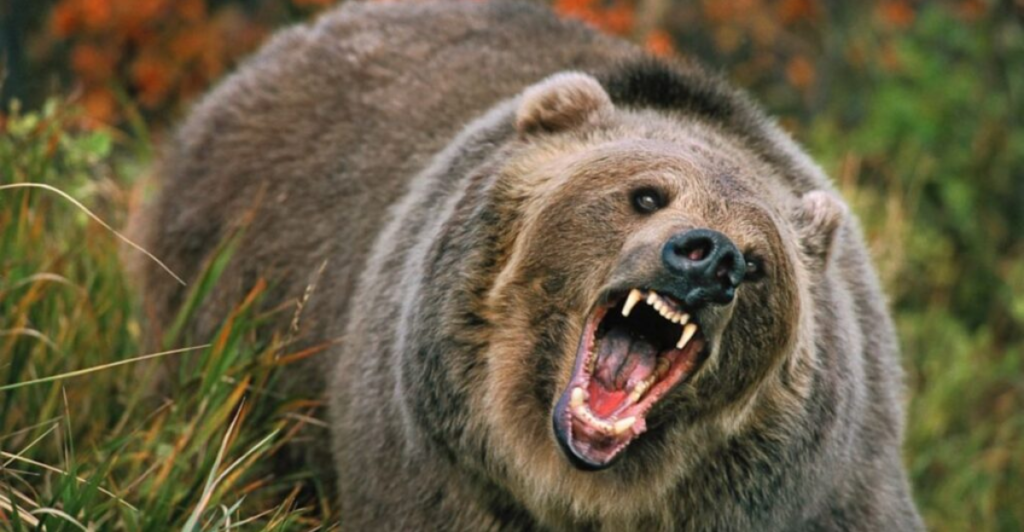
The grizzly bear may be the greatest symbol of the wilderness in America. They often represent power and resilience and have both earned the respect of humans, but also a certain reverence. Grizzly bears are uncompromising animals that shouldn’t be taken for granted, they play essential roles in their ecosystem and can be a formidable enemy if encroached on.
Grizzly bears have been an icon in Native American culture for hundreds of years and have more recently become an icon in all sorts of media. Grizzlies muscular build and short snout are features that make them distinct from other bears. They are only outsized by their northern cousins, the polar bears.
Conservationist and bear advocate Charles Jonkel has stated, “The grizzly is a symbol of what is right with the world.” The amazing animal will continue to inspire awe in people today and for generations to come. Here are some of the biggest reasons why they reign supreme.
An Important Species
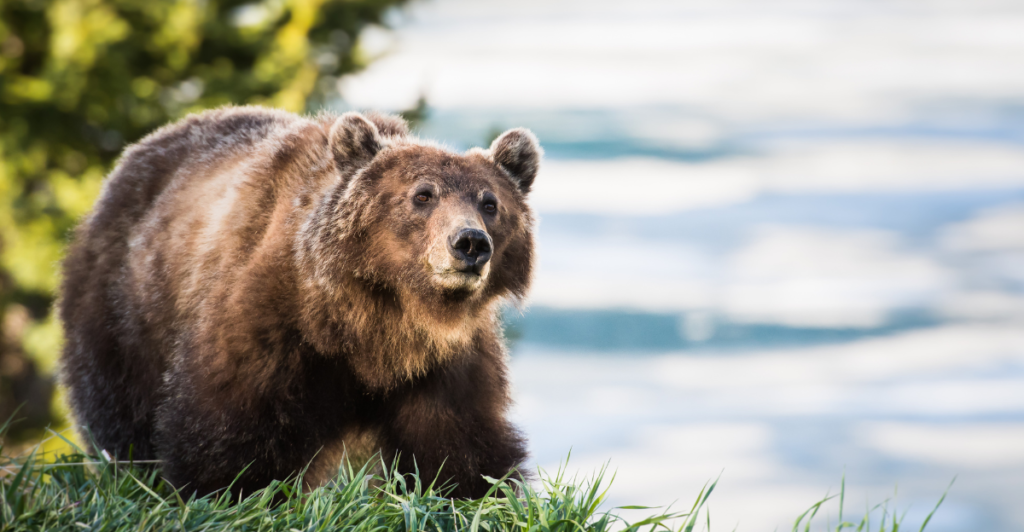
Grizzly bears play a vital role in their ecosystems just through their day-to-day activities. They dig in the soil when scavenging for roots and tubers. This digging aerates the soil and ultimately encourages plant growth. Their diet of many different fruits promotes seed dispersal across their environment which creates a healthy forest environment.
Grizzlies sometimes hunt animals such as deer and elk. This keeps their population in control as they would otherwise overgraze the natural vegetation population and, as a result, damage soil health and even water quality.
Linda Jo Hunter, lead guide at Redoubt Bay Lodge in Alaska, commented on grizzlies, “Bears not only make the habitat rich, but they also enrich us just by being.” Their role in their ecosystem is important in its balance and growth.
Survival Masters
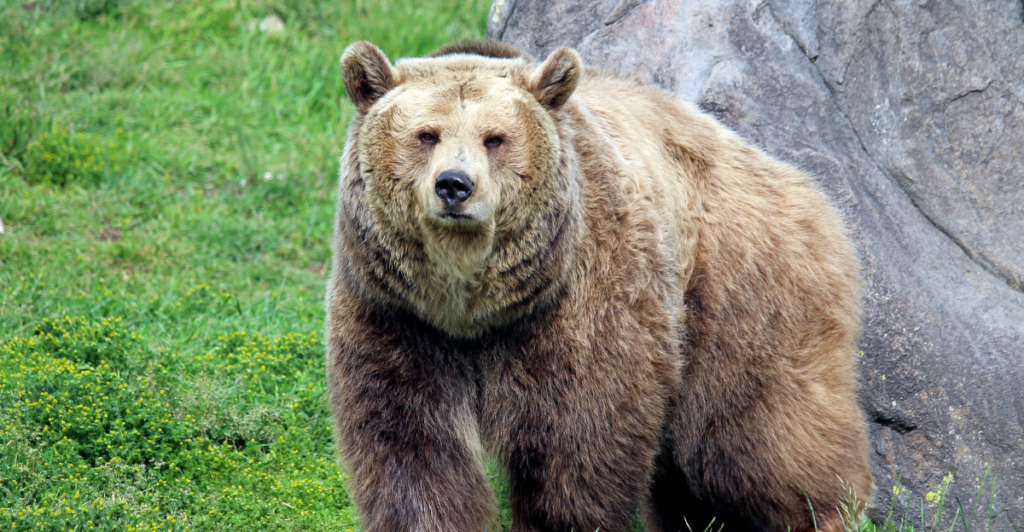
Grizzlies bears have adapted perfectly to their habitats since the Late Pleistocene period and have since become the masters of survival. They live in a wide variety of different biomes anywhere from dense forests to alpine tundras. They are such well adapted animals due to their flexible omnivorous diet.
They rely on different food sources such as roots, berries, fish, and mammals such as deer and elk. In the autumn, grizzly bears experience hyperphagia, a period where they have an insatiable hunger.
As they prepare for the long winter and their hibernation, they eat as much as possible and can consume up to 20,000 calories every day. They will dig dens in preparation for their hibernation and can also burrow for hidden food sources.
Cultural Significance
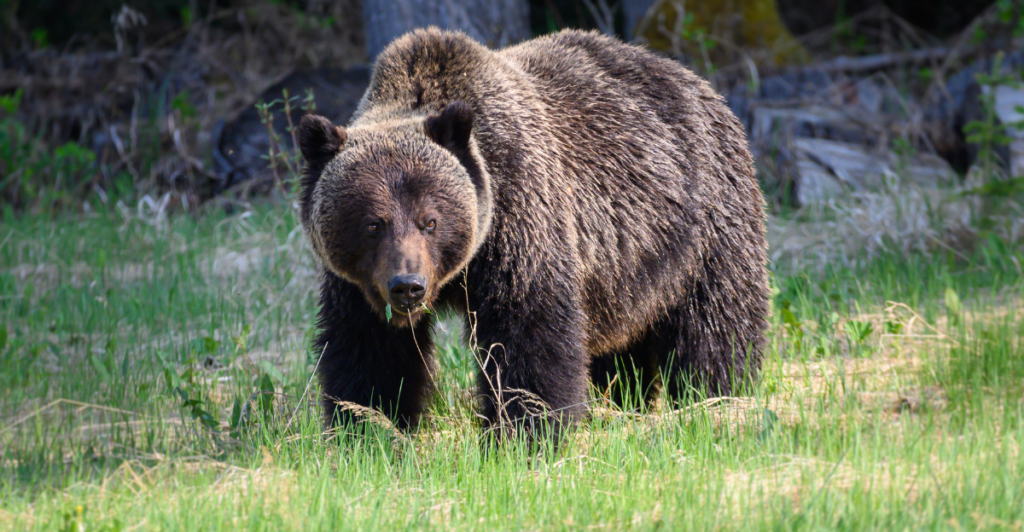
Grizzlies bears have captivated people for hundreds of years. They hold spiritual significance to indigenous people across North America and tribes like the Northern Cheyenne see them as a sacred animal, symbolizing strength and freedom.
Rituals like the Bear Dance connect people to these animals and honor their hibernation cycle. Sacred items from indigenous people include bear claw necklaces which offer protection and provide the wearer with the same courage the bears have.
These cultural ties show a profound respect for grizzly bears and the environment that they inhabit. Grizzlies are often seen as a symbol of the balance of life due to being active in the summer months and hibernating in the winter, as well as their balanced diet of both vegetation and meat.
Territorial Giants
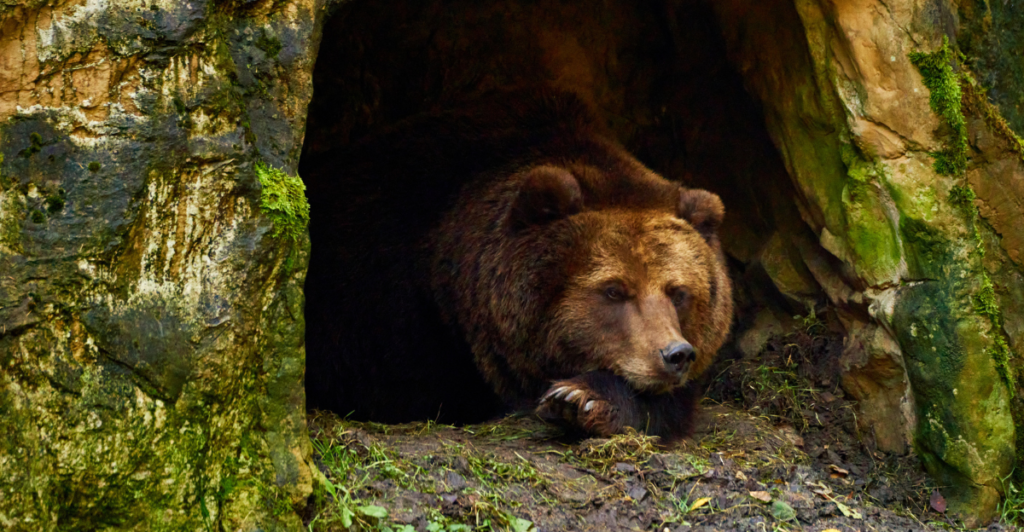
Grizzly bears do not like to sit in one place, and males prefer to expand their territory across hundreds of miles. They are solitary animals, and males can have a territory of up to 600 square miles, while females tend to roam a bit less, having territories of up to 300 square miles.
To ensure that animals and other bears are aware of their territory, grizzlies will mark their territory by rubbing trees to leave their scent and scratch off bark. These boundaries are clearly marked for other animals to understand a grizzly may be roaming nearby.
They need a large space to thrive and it shows their dominance in nature, with such a vast territory. Conservationists understand that their habitats are enormous, which makes habitat conservation difficult amongst habitat destruction and loss.
Only Inhabiting A Fraction Of Their Land
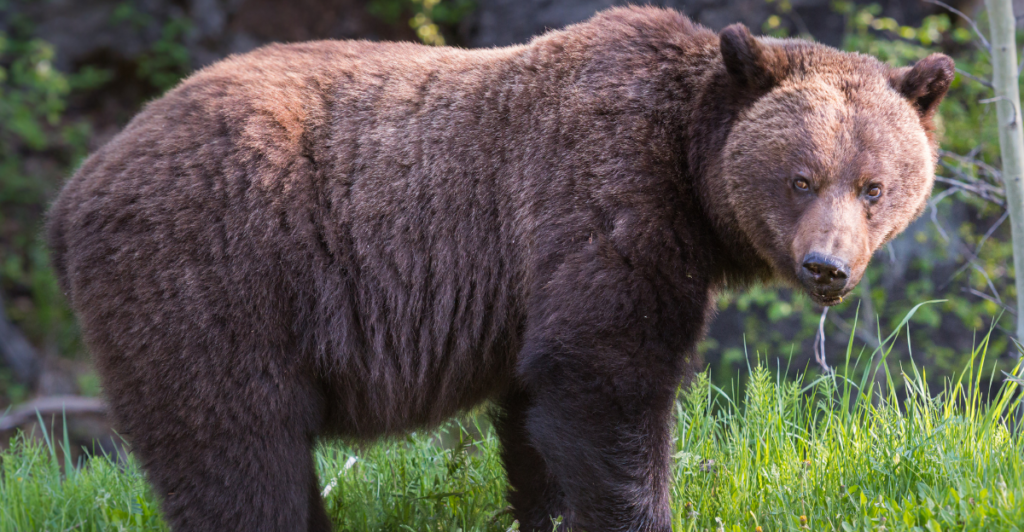
Although grizzly bear numbers are bouncing back, they are still not fully recovered. The species historically numbers anywhere from 50,000 to 100,000 individuals across America’s wilderness. Today, they only inhabit a fraction of the land they once did.
Their survival is tied to the health of their environment, and they still face a few risk factors despite conservation making strides in recent history. The biggest factor that could dilute the species is climate change, forcing them further north where they encounter polar bears.
Conflicts with polar bears aren’t the only concern, but interbreeding could dilute both polar bear and grizzly bear gene pools, leaving a hybrid that is ill-suited to survive and adapt in either environment.
Conservation
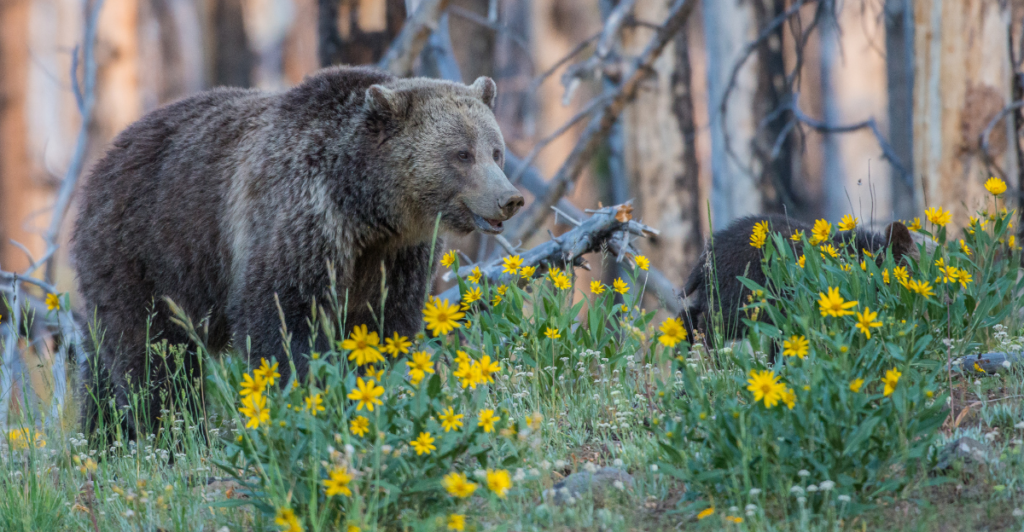
Grizzlies have a tumultuous history on this planet that they share with us. They were once hunted to the brink of extinction and conservation neglect. Their numbers have recovered, but they were endangered for a long time. Thanks to conservation work and the introduction of the Endangered Species Act, the health of their ecosystem and their numbers have risen dramatically.
Yellowstone National Park and other protected habitats have played a pivotal role in providing a safe haven for amazing animals to breed and live without fear of human encroachment, habitat loss, or hunting.
Other factors that drive their conservation are projects like North Cascades Restoration Plan, which plan to reintroduce them back into old territory where their population once thrived.
Amazing Anatomy
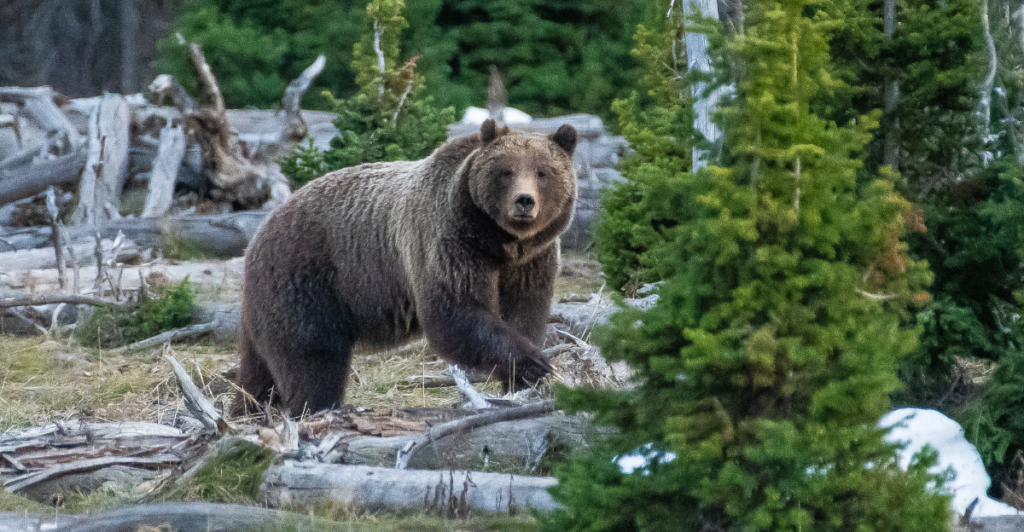
Grizzlies have been reigning supreme in their environment and human minds due to their unique diet, amazing traits, and awe-inspiring anatomy. Their sheer size is enough to be remembered in the minds of frontiersmen over 100 years ago and park rangers and hikers today.
Males are typically bigger than females and can weigh a staggering 700 pounds. Although they may seem clumsy and oafish, when they need to, they can sprint up to 40 miles per hour for short distances. Their powerful muscles and claws also ensure that they can get over any terrain, no matter how difficult it is.
Their sheer size and muscle mass is only matched by the intellect. Grizzly bears can showcase amazing problem-solving skills when food is their priority.
Sacred Animals
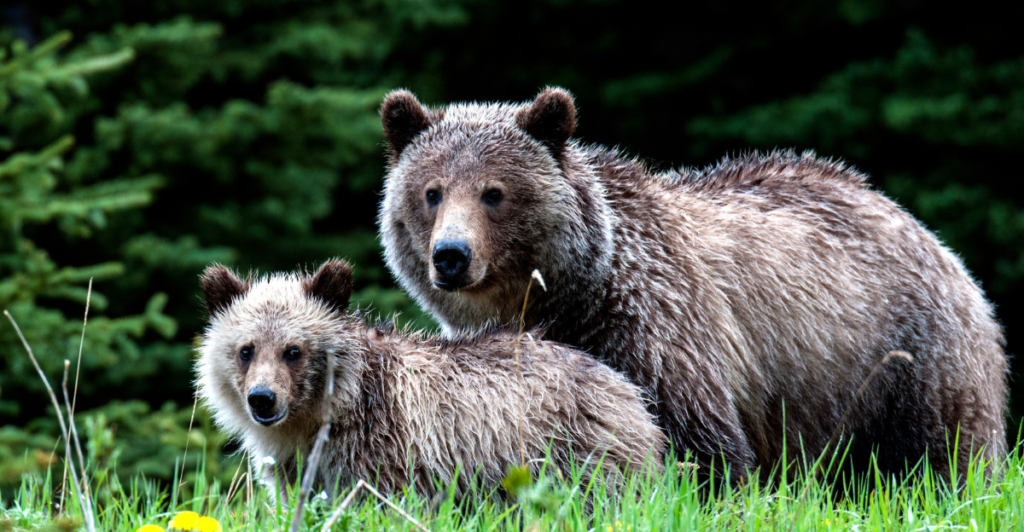
As mentioned before, grizzly bears are considered sacred animals due to the connection and heritage that they share with the land that indigenous communities inhabit. Stories about bears were passed down through generations which only encouraged their majesty.
Indigenous people still advocate for grizzly conservation today, and see them as an important animal with a lot of significance. They wish to ensure that grizzlies remain for their spiritual, cultural, and ecological impact.
They are an integral part of the American wilderness and their symbolism transcends cultures. They represent a harmonious relationship between themselves, the nature that they inhabit, and humans. As conservation work goes on, the hopes are that they will be given back land and have a similar distribution that they had hundreds of years ago.
Monarchs Of Nature
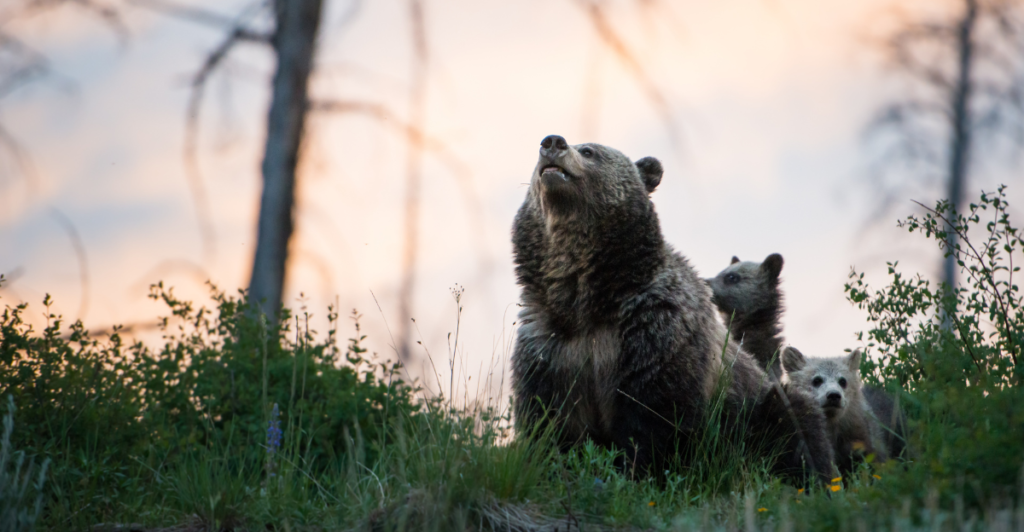
Grizzly bears symbolize resilience and the untamed wilderness. They contribute to their wilderness in a variety of ways and their ability to adapt any situation makes them monarchs of America’s wild.
They remind us of the delicate balance of the natural world, and humanities role that we have to play in ensuring that it is well protected.
Wayne Lynch, wildlife photographer and science write, emphasizes their importance in the natural world, “We should fight for these things as if our life depended upon it—because it does.” As their numbers recover, we hope that they can come up on top amidst climate change and other risk factors.
Explore more of our trending stories and hit Follow to keep them coming to your feed!

Don’t miss out on more stories like this! Hit the Follow button at the top of this article to stay updated with the latest news. Share your thoughts in the comments—we’d love to hear from you!







